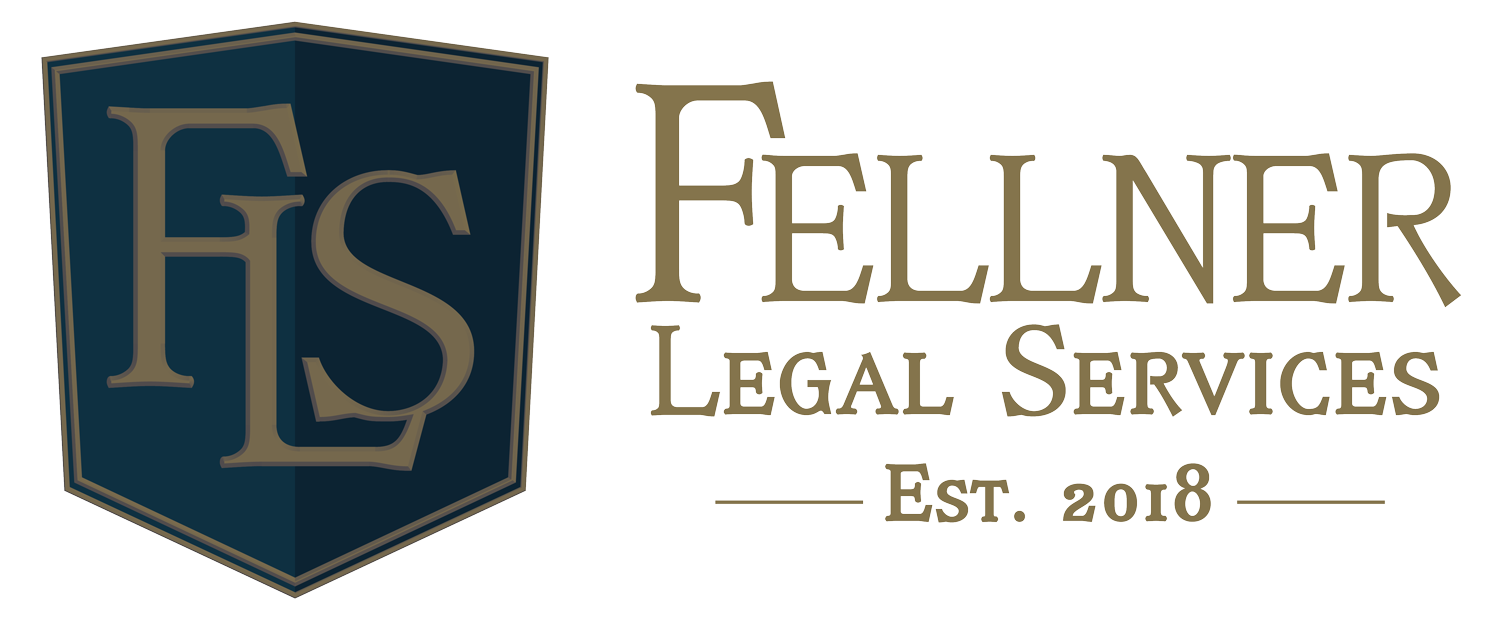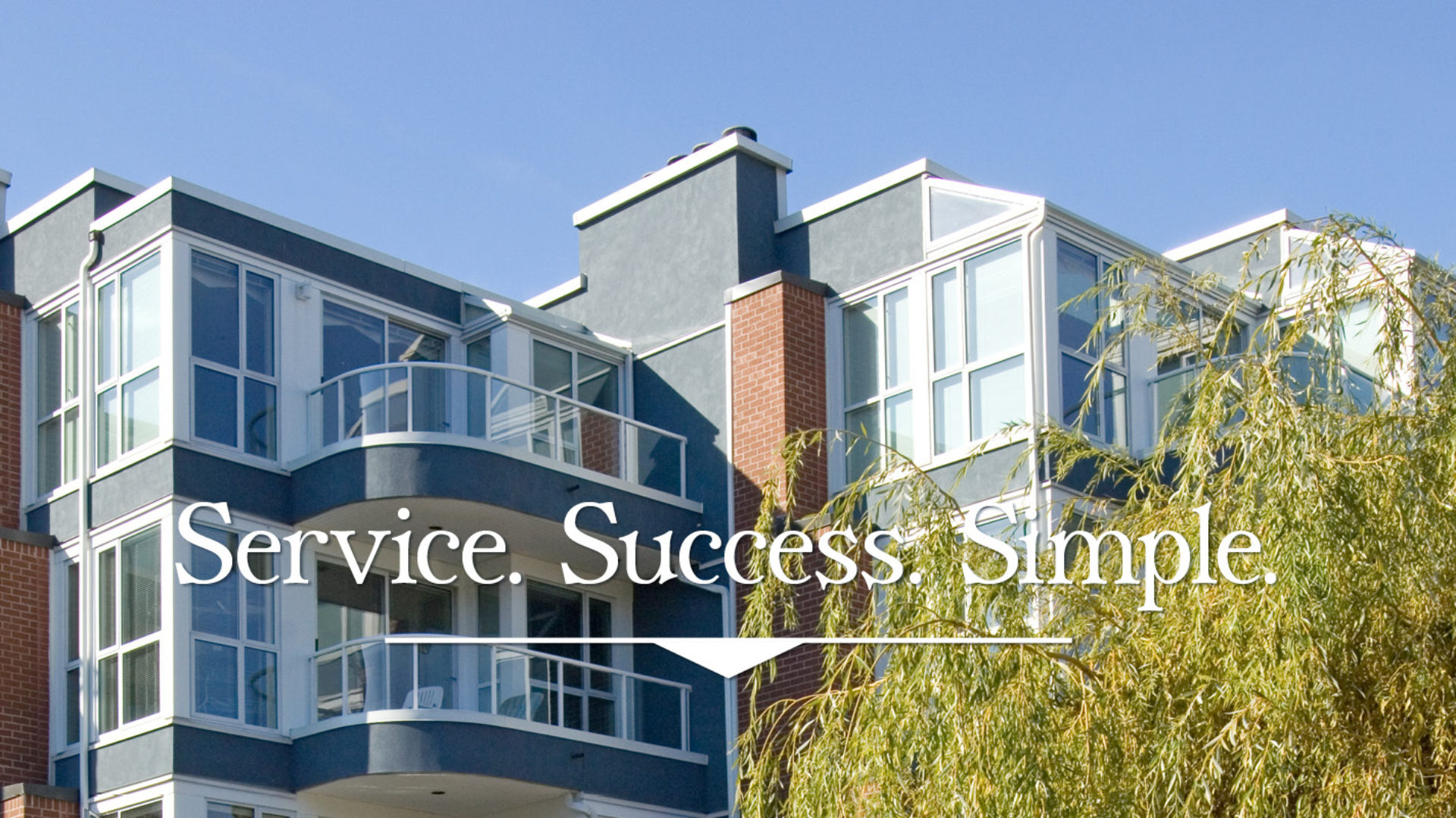FLS Friday Forum is a free write-in column authored by Brian R. Fellner on topics of law affecting community associations. To submit a question, email Mr. Fellner at bfellner@flslawyer.com. All posts are for informational purposes only and do not constitute legal advice. Only your individual attorney can provide assurances that this information is applicable or appropriate to your particular situation. Nothing hereunder creates an attorney-client relationship between any reader and the author.
A tree from HOA common area hangs over my property line. Who is responsible for trimming and maintaining trees in our HOA?
Courtney, an HOA board member in Maryland
The Property Line is Sacred
This question often comes up in various contexts. Owners want to know if they can trim back their neighbor’s tree. An HOA resident wants the association to trim back branches extending from the common area. A tree falls on a property line and the owners want to know who is responsible for what.
First things first – where the tree or shrub grows from governs who owns it and is responsible for its general maintenance. If the tree grows right out of the property line, well, I don’t suggest splitting the baby. But you may want to talk to an arborist and/or surveyor, along with an attorney (or just have a friendly chat with your neighbor and see if you can work things out like civilized folks). Neither owner has full rights to that tree.
But if the tree is growing on one side or the other of the property line, the owner of the property where it is located is the owner of the tree. So what rights does a neighboring owner have when that tree starts encroaching over that property line?
The Property Line is Still Sacred
So if that tree leans over the property line onto your property, you are permitted to trim it back all the way to the property line. This is true all the way up and down the line; it is not unlike the plane of the goal line in football:

So the plane of the property line extends all along, up and down the property line, and includes underground and even the pipes that flow beneath the property. How do we know this? According to the Maryland Court of Appeals, “Courts uniformly hold that a landowner has a self-help remedy. Thus, the landowner has a right to cut encroaching branches, vines, and roots back to the property line.” Melnick v. CSX Corp., 312 Md. 511, 540 A.2d. 1133 (1988). Basically this means you can do the following:

But the Melnick court actually said a bunch of important stuff that remains the law of the land. For example: “With regard to self-help, the landowner is generally limited to cutting back growth to the property line; he may not enter the adjoining landowner’s property to chop down a tree or cut back growth without his neighbor’s consent.” So you can cut it back only to the line; you cannot go onto your neighbor’s property even just to get access to do trimming you are otherwise entitled to do. And note it says without neighbor consent; asking nicely can go a long way here sometimes.
The Court of Appeals there reasoned: “to grant a landowner a cause of action every time tree branches, leaves, vines, shrubs, etc., encroach upon or fall on his property from his neighbor’s property, might well spawn innumerable and vexatious lawsuits. We have gotten along very well in Maryland, for over 350 years, without authorizing legal actions of this type by neighbor against neighbor.” So when you look out there and see a vine or bush or branch creeping across the property line, whether it be from the common area or a neighbor’s land, do not go lawyer up. Just trim it back to the property line with your trusty light-saber.
The court then stated: “Moreover, we believe that it is undesirable to categorize living trees, plants, roots, or vines as a “nuisances” to be abated. Consequently, we decline to impose liability upon an adjoining landowner for the “natural processes and cycles” of trees, plants, roots, and vines.” This has generally been accepted to mean that if a tree falls on a property line, including if it damages the fence dividing the properties, that each affected owner bears his/her own resultant costs. Sometimes trees (or large branches of trees) fall from other properties; without more than the sheer natural process of growth and death, courts will decline to fault any particular party.
Do Not Damage the Property of Others
Now that graphic above actually makes an excellent visual representation: you have the self-help right to cut back the trees to the line as long as you are clearly just trimming and doing no harm to the tree’s health. If it looks like your trimming might actually affect the growth of the tree, such as perhaps the trunk or a major portion leans out over your property, it is a good idea to consult with a certified arborist. And of course it is illegal to intentionally damage or kill the trees and shrubs growing on the property of another, no matter how bitter the rivalry.
But What about Dead Trees?
The Melnick court notes a possible exception to the rule that their decision sets forth. In footnote 10, the court says: “While not involved in this case, we note that there may be an exception for dangerous dead trees. Practical considerations may, under these circumstances, limit the effectiveness of the self-help remedy. Consequently, under certain circumstances, a duty might be imposed upon a landowner on whose property the dead tree stands to take reasonable steps to prevent injury to his neighbors or passersby. Although the landowner may have the right to cut back overhanging branches to the boundary line, in the case of a dead and dangerous tree, it may be more sensible to require the owner of the tree to remove it in its entirety, or be liable for damages. It would be futile to require the neighbor to remove a portion of the tree to the boundary line leaving the hazard of a large portion of the total tree to remain in a threatening position.”
Practically this means a few things: if you are a property owner who sees a dead or diseased tree overhanging your property line, put the other owner on notice. The best way to do this is probably in writing. Conversely, if you own property and a neighboring owner tells you that your dead or diseased tree is overhanging their property, make plans to take care of it ASAP, lest you be found liable for the damage it causes when it falls.
Urban, Rural, and the “Suburban Forest”
Now as you have been reading along (assuming you have stayed awake), you have probably been picturing neighboring homes with a yard and scattered trees:

But Maryland law actually makes an important distinction between different areas where these trees might be located, and imposes different liability standards depending on that location.
According to the Court of Special Appeals: “To those who dwell in urban areas with one or two trees in their yard at most, the onus of inspection is modest. The farmer, the developer or the landed gentry who owns large and sometimes sprawling tracts of woodland adjacent to or through which a road has been built, may find the task of inspecting for trees dead, dying or decayed so potentially onerous as to make property ownership an untenable burden. This would be particularly true for an absentee landowner.” Hensley v. Montgomery County, 25 Md. App. 361, 334 A.2d 542 (1975). This is a pretty common-sense rule: those owners in the photo above are obligated to keep an eye out for dead or dangerous trees. The federal government does not have liability for every redwood that falls in its National Parks.
The third category proposed by the plaintiff/appellant in that case was the “suburban forest,” but the court held: “We do not agree that the duty of inspection should be extended to include the owner of this suburban-forest.” So on large tracts of unkempt land, neither a property owner nor a governmental entity have liability or an obligation to inspect for dead or dangerous trees (though if one is specifically pointed out to them, that likely creates an obligation).
Being “On Notice”
We have mentioned this idea a bit throughout, but the concept here is one of duty. If you are specifically informed (ideally in writing) of a dangerous condition, you are on notice of it. Consequently, you also have a duty to remove it or otherwise act, and if you fail to do so and that condition causes damage, you are liable. That is “actual notice.”
You may also have heard the phrase “knew or should have known.” The law imports to parties the knowledge that they should have had; this is known as “constructive notice.” So if an owner of one of those lots up above had a tree on his lot turn black and lose all its leaves and hang dangerously over his neighbor’s shed, and there were only two trees on his half-acre lot to begin with, then he should have known that it was creating an unsafe condition. So he was on “constructive notice;” if it falls and causes damage, he can be held liable as well. Questions of constructive notice can be very fact-dependent; while you may think they are clear one way or the other, you may want to get a legal opinion to be more certain.
Rules to Remember
In Maryland we know a few things for certain:
— A property owner can trim encroaching branches or roots back to the property line;
— An owner of rural property is not necessarily liable for every tree that falls from that property onto property of another;
— A property owner may incur liability for a tree that falls on the property of another if he knew or should have known it was likely to fall; AND
— If a tree falls in the forest, and no one is there to hear it, an attorney will still find a way to bill a few hours for it.


